
 Podcasts
PodcastsCatch the latest PR news & updates with PRovoke Media's PR Podcasts. Lifting the lid on key industry stories & trends, join our listeners of PR podcasts today.
 Videos
VideosLatest video interviews and campaigns from PRovoke Media, previously known as the Holmes Report.
Long-form journalism that analyzes the issues, challenges and opportunities facing the business and practice of PR.
 Profiles & Interviews
Profiles & InterviewsExplore PR profiles and interviews with leaders from the marketing and PR worlds.
 Crisis Review
Crisis ReviewPR Crisis & Business Crisis review. PRovoke Media's annual analysis of the top reputation crises to rock the corporate sector. Read on here.
 Coronavirus
CoronavirusPRovoke Media's coverage of the Covid-19 crisis, focusing on corporate communication, public affairs & PR industry fallout.
 Trend Forecasts
Trend ForecastsPRovoke Media's PR Trends round up. PRovoke Media's annual forecast of PR trends and news that will impact the PR world in the year ahead...
 Social & Digital
Social & DigitalDedicated to exploring the new frontiers of PR as it dives deeper into social media, content and analytics.
 Technology
TechnologyOur coverage of key technology PR trends and challenges from around the world of digital communications.
 Consumer
ConsumerFrom brand marketing to conscious consumerism, coverage of key marketing and PR trends worldwide.
 Employee Engagement
Employee EngagementPRovoke Media's coverage, analysis and news around the rapidly-shifting area of employee engagement and internal communications.
 Sports Marketing
Sports Marketing Sports PR news, diversity & inclusion trends, views and analysis from PRovoke Media. Subscribe today for the very latest in the world of sports communications.
 Global PR Agency Rankings
Global PR Agency RankingsPRovoke Media's definitive global benchmark of global PR agency size and growth.
Enter PRovoke Media's 2024 Global 250 Agency Ranking and/or our Agencies of the Year competitions now.
 Agencies of the Year
Agencies of the YearPRovoke Media's annual selections for PR Agencies of the Year, across all of the world's major markets.
 Innovator 25
Innovator 25PRovoke Media profiles marcomms innovators from across North America, EMEA and Asia-Pac.
 Creativity in PR
Creativity in PRIn-depth annual research into the PR industry's efforts to raise creative standards.
 Asia-Pacific Communication Index
Asia-Pacific Communication IndexAPACD/Ruder Finn annual study of Asia-Pacific in-house communications professionals.
 SABRE Awards
SABRE AwardsThe world's biggest PR awards programme, dedicated to benchmarking the best PR work from across the globe.
 PRovokeSummit Global
PRovokeSummit GlobalThe biggest PR conference of the year, a high-level forum designed to address the critical issues that matter most.
 PRovoke Media Regional Series
PRovoke Media Regional SeriesA global network of conferences that explore the innovation and disruption that is redefining public relations.
 Agencies of the Year
Agencies of the YearUnrivalled insight into the world's best PR agencies, across specialist and geographic categories.
 Roundtables
RoundtablesOur Roundtables bring together in-house comms leaders with PR firms to examine the future of communications.
 Agency Playbook
Agency PlaybookThe PR industry’s most comprehensive listing of firms from every region and specialty
.jpg) All Jobs
All JobsFind the latest global PR and communications jobs from PRovoke Media. From internships to account executives or directors. See all our PR jobs here.
PRovoke Media's editorial series published in collaboration with partners.
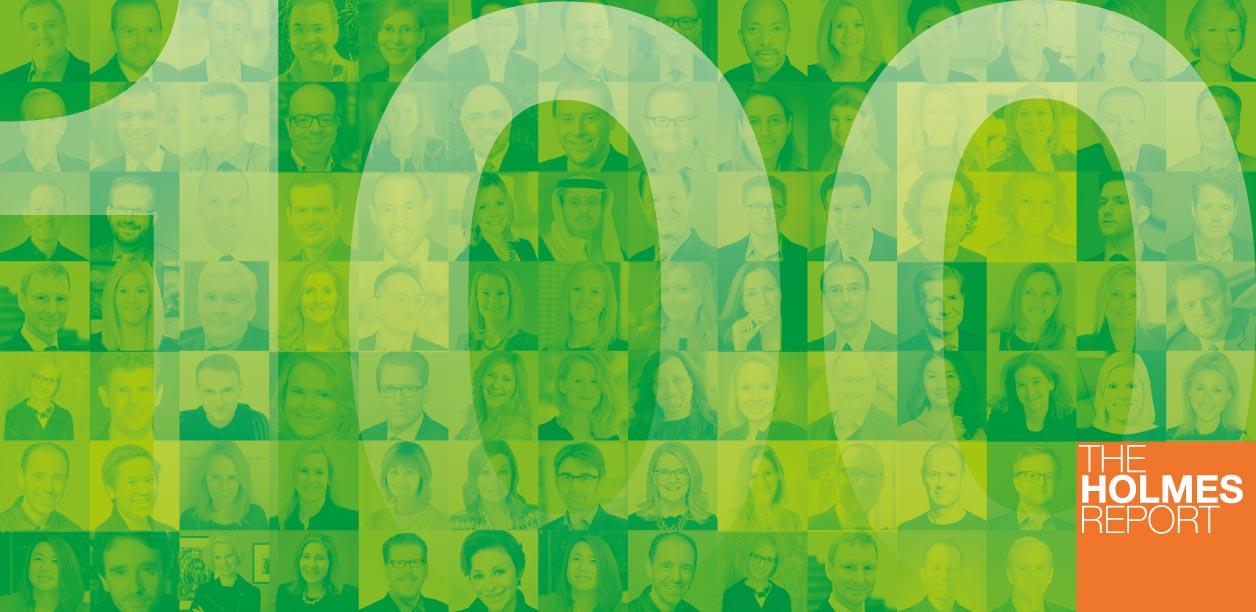
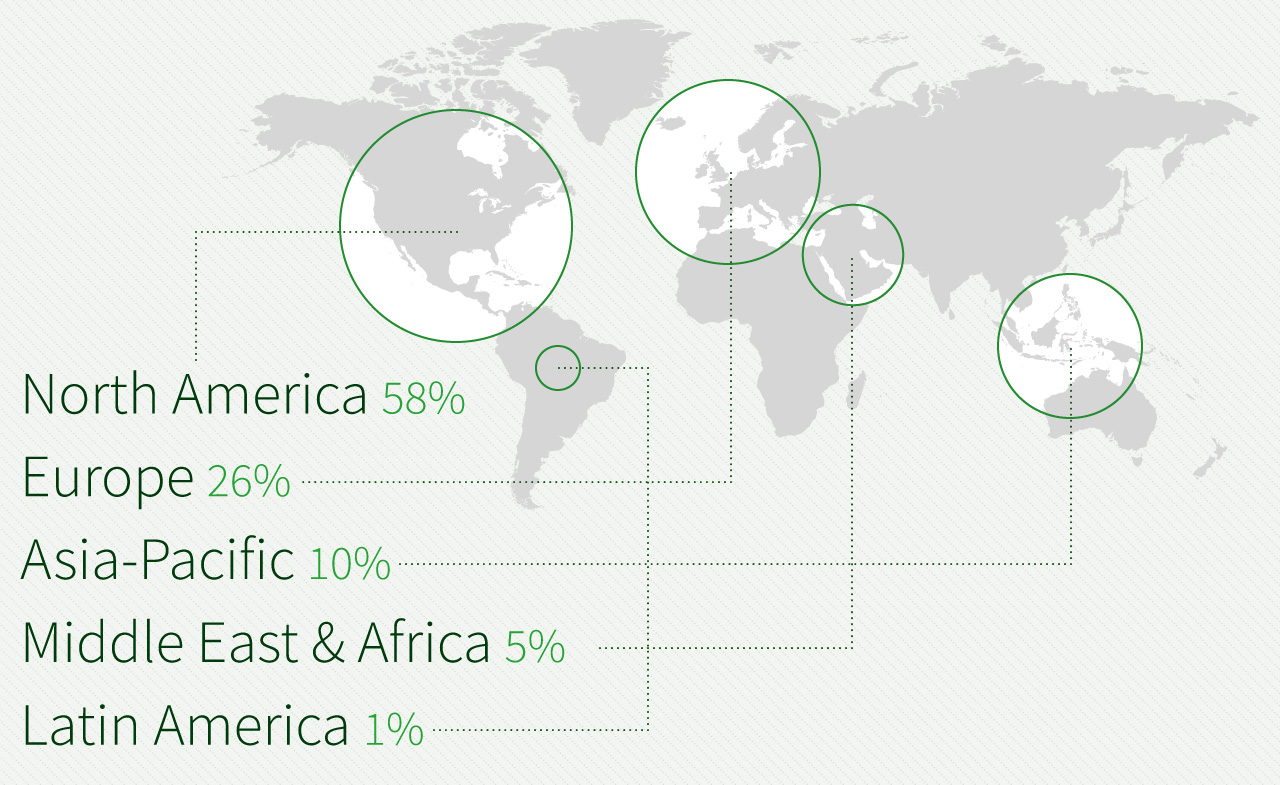 There are 29 new entrants in this year’s Influence 100, due to factors including job changes (several of last year’s influencers have left their roles) and the rise of various executives, companies and industries. Of those, 16 are brand new entrants in terms of both individual and company, while 13 work for companies that were in last year’s ranking but they themselves have not featured before in their current roles.
There are 29 new entrants in this year’s Influence 100, due to factors including job changes (several of last year’s influencers have left their roles) and the rise of various executives, companies and industries. Of those, 16 are brand new entrants in terms of both individual and company, while 13 work for companies that were in last year’s ranking but they themselves have not featured before in their current roles.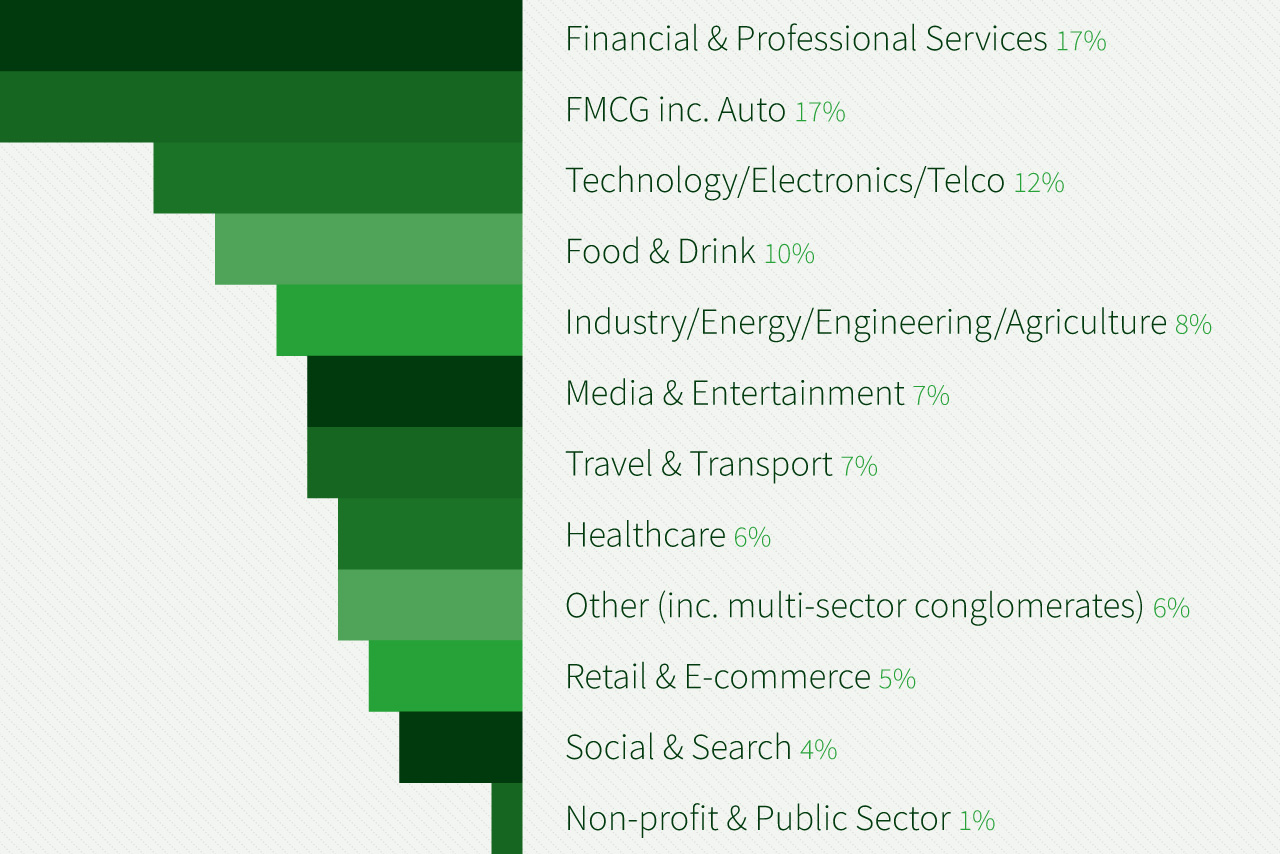 With practically every company now a technology company to a greater or lesser extent, breaking down the Influence 100 by sector has become increasingly complex. We refreshed all our categories last year to focus on what the organisations our influencers work for actually do or sell, not how they do it or whether their audience is consumer or B2B. So, for example, Amazon is a retailer, Uber is a transport firm, and Paypal is a financial services company.
With practically every company now a technology company to a greater or lesser extent, breaking down the Influence 100 by sector has become increasingly complex. We refreshed all our categories last year to focus on what the organisations our influencers work for actually do or sell, not how they do it or whether their audience is consumer or B2B. So, for example, Amazon is a retailer, Uber is a transport firm, and Paypal is a financial services company.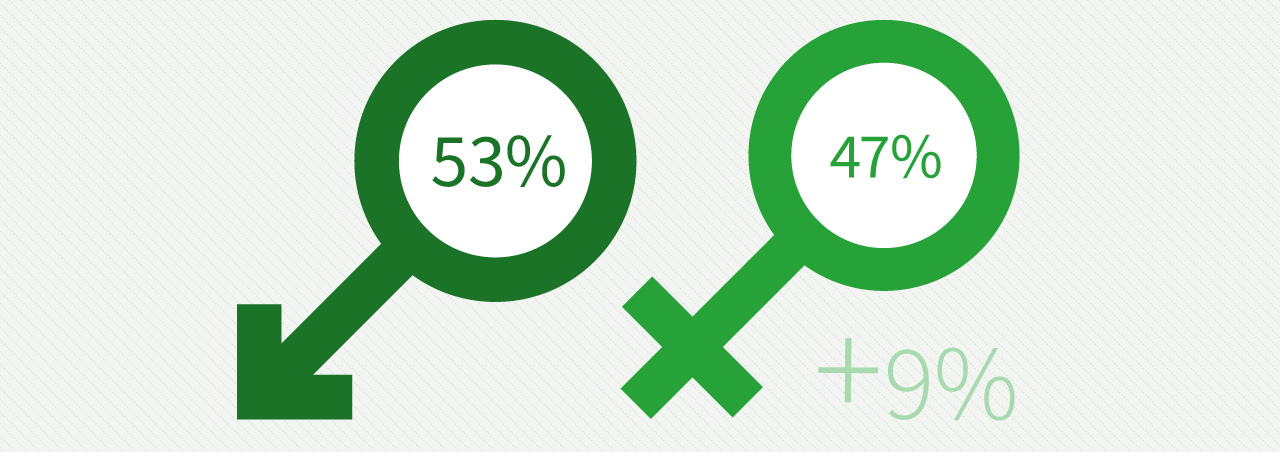 We’re close, for the first time, to achieving gender balance in the Influence 100, with 47 women and 53 men, leaping up from 38 women last year.
We’re close, for the first time, to achieving gender balance in the Influence 100, with 47 women and 53 men, leaping up from 38 women last year. Our Influence 100 communicators and marketers have worked for their current company for an average of 8.7 years, a little down on last year’s average tenure of 9.3 years. This was down to high-profile job changes for long-standing employees, such as Saudi Aramco’s Nasser Al-Nafisee, who had been with the oil firm for 47 years, latterly as VP corporate affairs, and American Express’ Mike O’Neill, who retired after being with the company for 27 years.
Our Influence 100 communicators and marketers have worked for their current company for an average of 8.7 years, a little down on last year’s average tenure of 9.3 years. This was down to high-profile job changes for long-standing employees, such as Saudi Aramco’s Nasser Al-Nafisee, who had been with the oil firm for 47 years, latterly as VP corporate affairs, and American Express’ Mike O’Neill, who retired after being with the company for 27 years.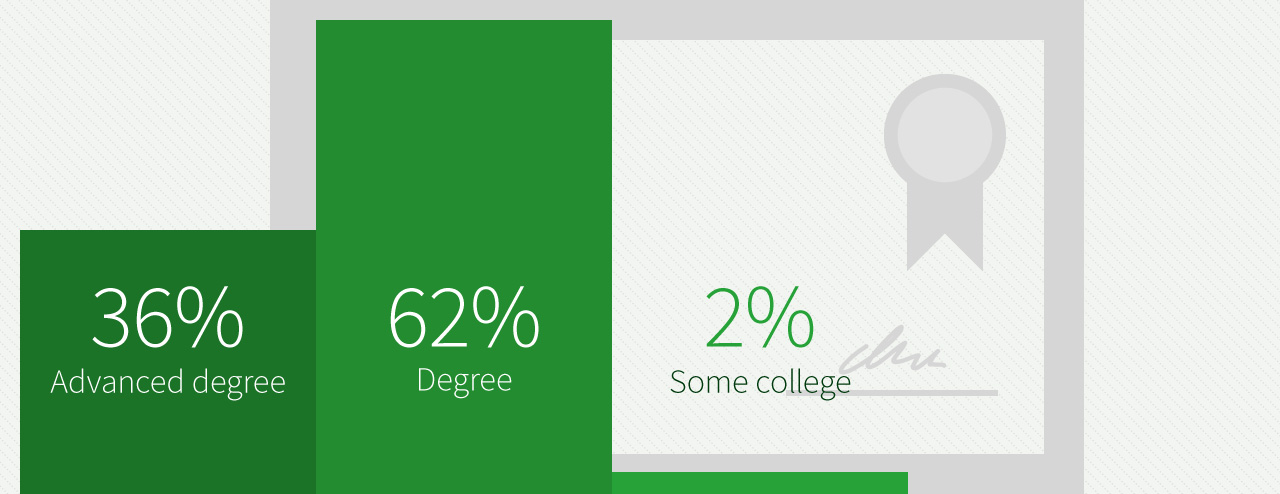

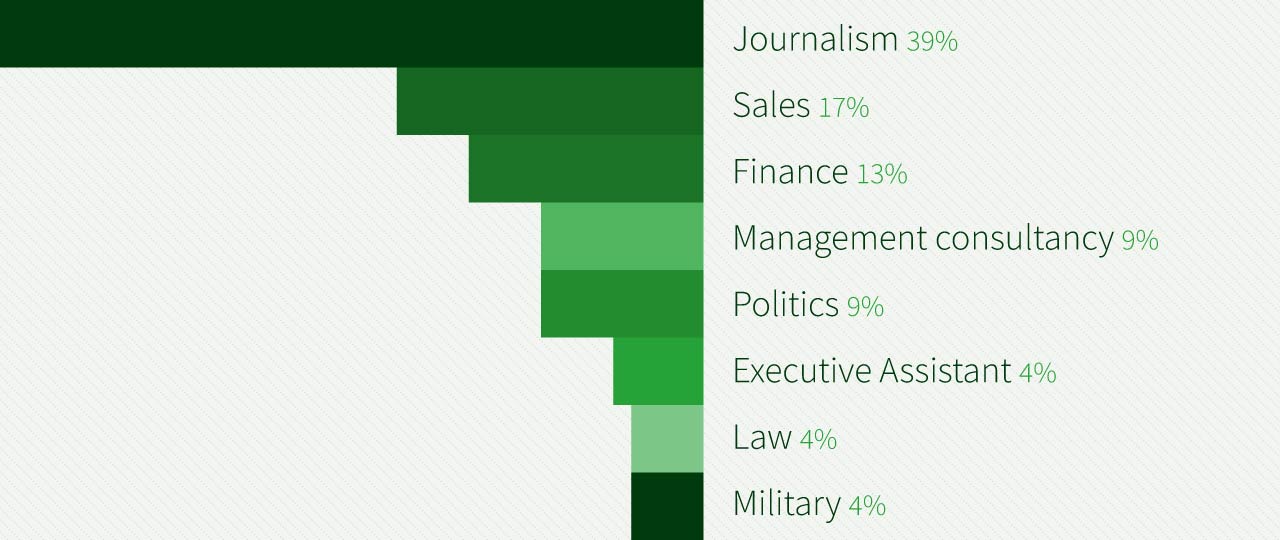

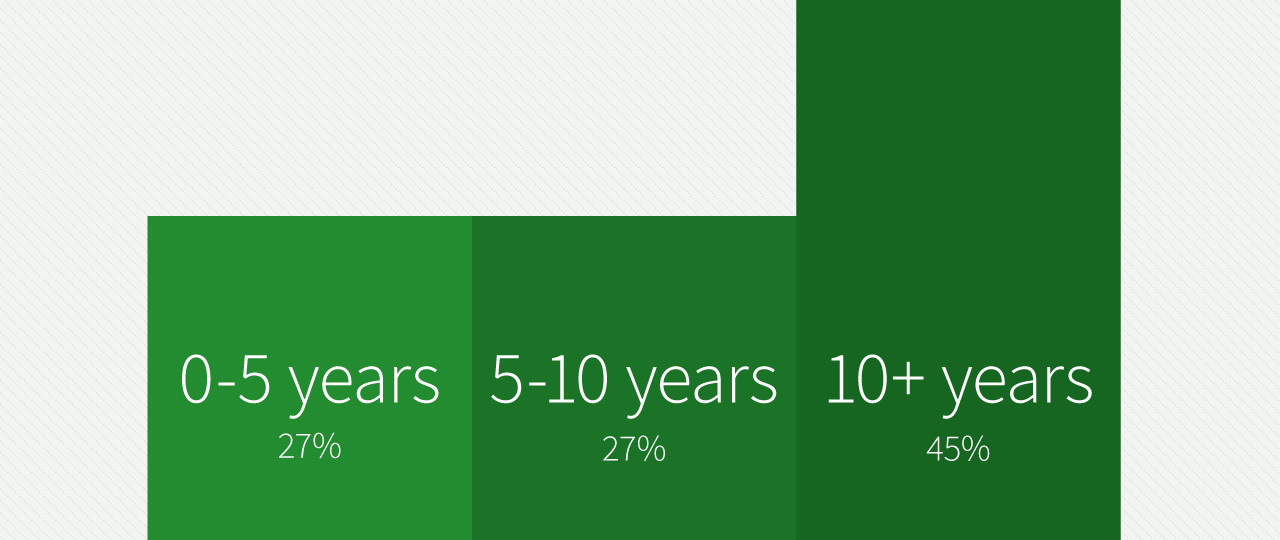 Nearly all our Influence 100 are educated to at least first degree level, although a small number have proved that it’s still possible to get to the top without a college or university education. Of this year’s cohort, 62% are educated to first degree level, and 36% also have an advanced degree, around the same as last year.
Nearly all our Influence 100 are educated to at least first degree level, although a small number have proved that it’s still possible to get to the top without a college or university education. Of this year’s cohort, 62% are educated to first degree level, and 36% also have an advanced degree, around the same as last year.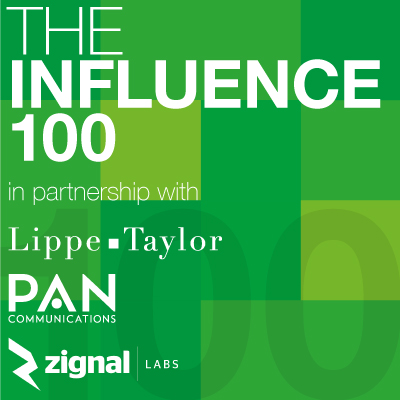
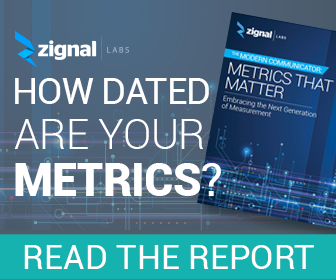

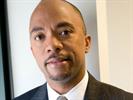


Intelligence and insight from across the PR world.
About PRovoke Media Contact Us Privacy & Cookie PolicyWe feel that the views of the reader are as important as the views of the writer. Please contact us at [email protected]
Signup For Our Newsletter Media Kits/Editorial Calendar Jobs Postings A-Z News Sitemap© Holmes Report LLC 2024